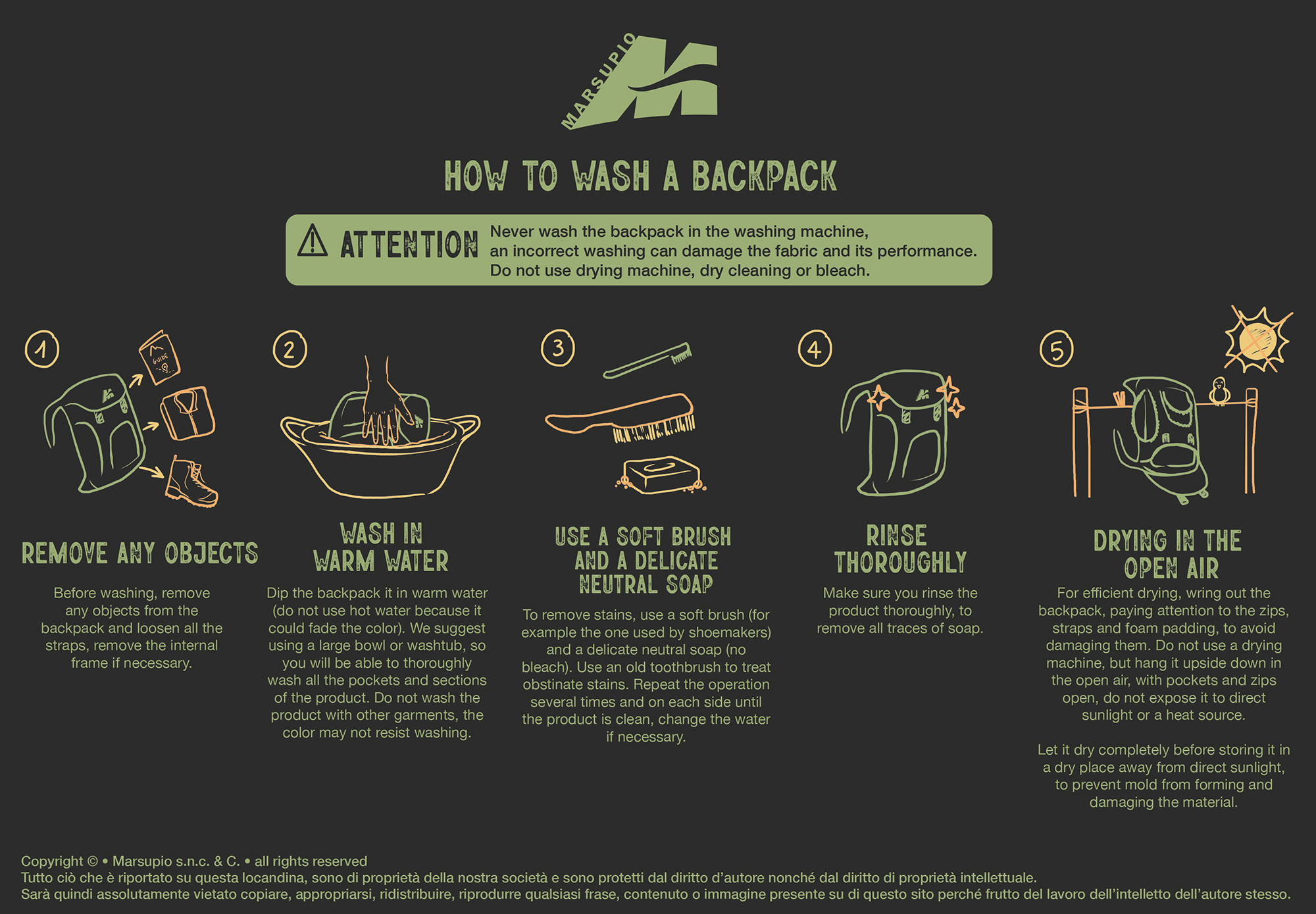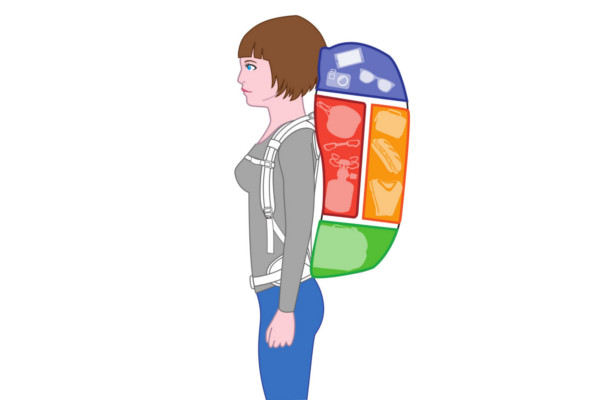

On difficult terrain, such as mountain trails or during ascents, the bulk of the weight should be placed closer to the body’s centre of gravity; the torso should lean forward to act as a counterbalance and ensure better stability.

On easier terrain such as flat trails, more weight should be placed closer to the shoulders so that your back remains straighter.
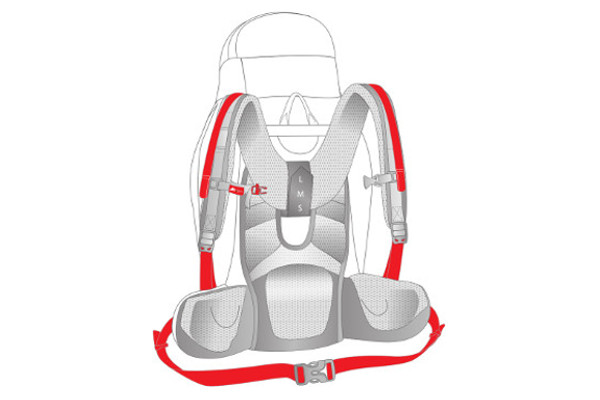
1 – Loosen the adjustment straps of the backpack. If your backpack is fitted with the Marsupio Speedy back system, adjust the length of the back to best suit your height before before putting on the backpack.

2 – Adjust the hipbelt so the backpack sits above the hips and tighten based on your body shape.
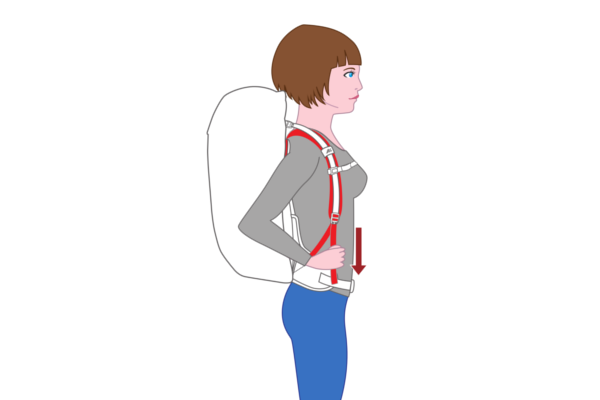
3 – Tighten shoulder straps so that the majority of the weight of the backpack is taken on the hipbelt.

4 – Now the attachment points of the shoulder straps should be level with the shoulder blades. If they are not, readjust straps until they are.
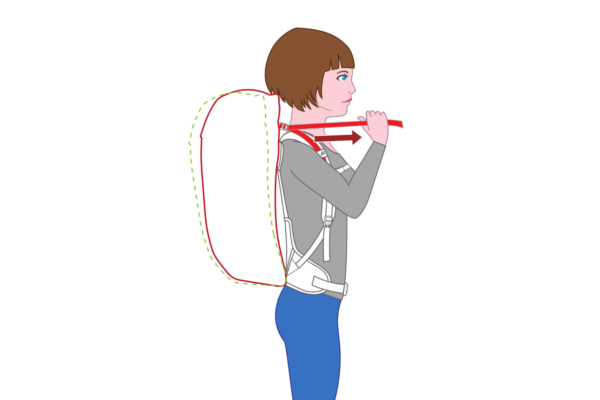
5 – Tighten the stabilizer straps to ensure the backpack sits as close as possible to the back, thus ensuring greater stability and reducing fatigue.
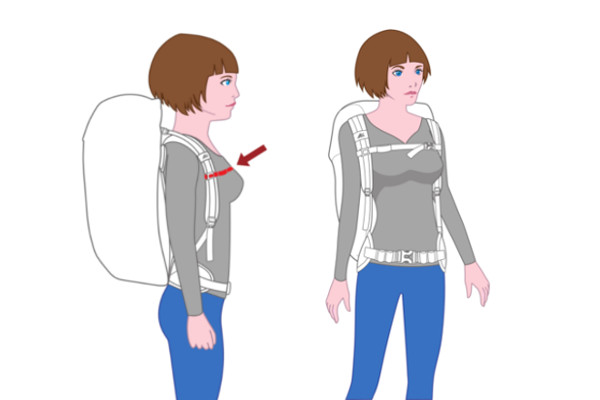
6 – Finally, buckle up and tighten the chest strap to ensure improved control and stability of the weight. During your hike, adjust load distribution from time to time between hipbelt and shoulder straps.
